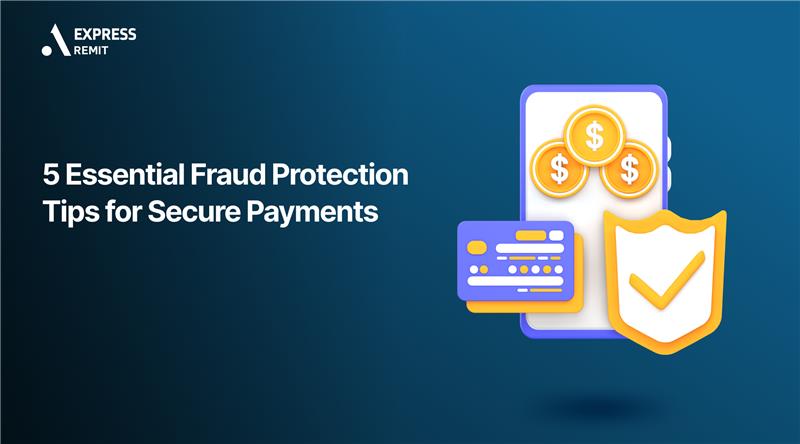
In today’s digital world, online transactions have become a standard for businesses and individuals. While cashless payments bring convenience, they also expose users to risks such as fraud and cyberattacks.
Fraud protection is essential to ensure safe and secure financial transactions, particularly through payment gateways. But what happens if a payment gateway gets hacked? Understanding the risks and taking preventive measures can help safeguard sensitive financial data.
Why Fraud Protection Matters in Cashless Payments
With the rise of cashless payments, cybercriminals are constantly finding new ways to exploit vulnerabilities in payment gateways. A breach in security can lead to identity theft, loss of funds, and unauthorized transactions. Implementing fraud protection strategies is crucial to keeping transactions secure and preventing cyber fraud.
Common Fraud Risks in Digital Transactions
- Phishing attacks targeting financial credentials
- Identity theft leading to unauthorized transactions
- Malware that steals payment details
- Payment gateway breaches compromising sensitive data
- Chargeback fraud affecting businesses
By understanding these risks, businesses and individuals can take proactive measures to protect themselves.
5 Essential Fraud Protection Tips
Use Secure and Verified Payment Gateways
One of the primary defenses against fraud is using trusted payment gateways with strong security measures. Look for providers that offer encryption, tokenization, and multi-factor authentication (MFA). Payment gateways that are PCI DSS (Payment Card Industry Data Security Standard) compliant ensure that financial data is handled securely.
Enable Two-Factor Authentication (2FA)
Two-factor authentication (2FA) adds an extra layer of security by requiring users to verify their identity through multiple steps. Even if hackers obtain login credentials, they will still need a second verification step, such as a one-time password (OTP) sent to a registered device.
Monitor Transactions Regularly
Regular transaction monitoring helps detect suspicious activities before they escalate. Many payment gateways offer fraud detection tools that analyze user behavior, flagging unusual spending patterns and unauthorized transactions. If you notice any discrepancies, report them immediately.
Educate Users on Fraud Prevention
Customers and employees must be aware of potential fraud tactics. Conduct training sessions on identifying phishing emails, avoiding suspicious links, and practicing safe online behaviors. The more knowledgeable users are about fraud risks, the less likely they are to fall victim to scams.
Keep Systems and Software Updated
Outdated software can have vulnerabilities that cybercriminals exploit. Regularly update all security systems, including antivirus programs, firewalls, and payment gateway software, to protect against the latest threats. Businesses should also perform routine security audits to identify and fix any potential weaknesses.
Real-Time Example: The Stripe Security Breach and Recovery
A real-world example of a payment gateway hacked incident occurred with Stripe, a leading online payment processor. In 2020, cybercriminals attempted to exploit vulnerabilities in its authentication system. Hackers tried to bypass security measures and gain unauthorized access to customer payment data. However, due to Stripe’s strong fraud detection mechanisms, the breach was detected early.
How Stripe Recovered
- Immediate containment of the breach by isolating affected systems
- Strengthened multi-factor authentication for all users
- Enhanced monitoring to detect unusual activity in real time
- Public disclosure and transparent communication with customers
- Implementing additional AI-driven fraud prevention tools
Stripe’s proactive response and commitment to fraud protection helped them regain customer trust and strengthen their security framework for future threats.
What to Do If a Payment Gateway Gets Hacked?
If a payment gateway gets hacked, businesses and users should act quickly to minimize damage:
- Immediately contact the payment service provider.
- Freeze affected accounts and block unauthorized transactions.
- Reset all passwords and enable additional security measures.
- Notify customers and provide guidance on securing their accounts.
- Conduct a security audit to prevent future breaches.
Being proactive with fraud protection can significantly reduce the impact of cyber threats and ensure a safer payment ecosystem.
Strengthening Fraud Protection for the Future
As cyber threats continue to evolve, so must fraud prevention strategies. Businesses and individuals using cashless payments must stay informed about the latest security trends and best practices in payment gateways. By implementing strong security measures, regularly updating systems, and educating users, the risk of fraud can be significantly reduced.
Final Thoughts
Fraud protection is not just an option—it’s a necessity in today’s digital financial landscape. By following these essential tips, you can enjoy the benefits of cashless payments while ensuring safe and secure transactions. Always choose secure payment gateways, stay vigilant, and take proactive measures to safeguard your financial data.
